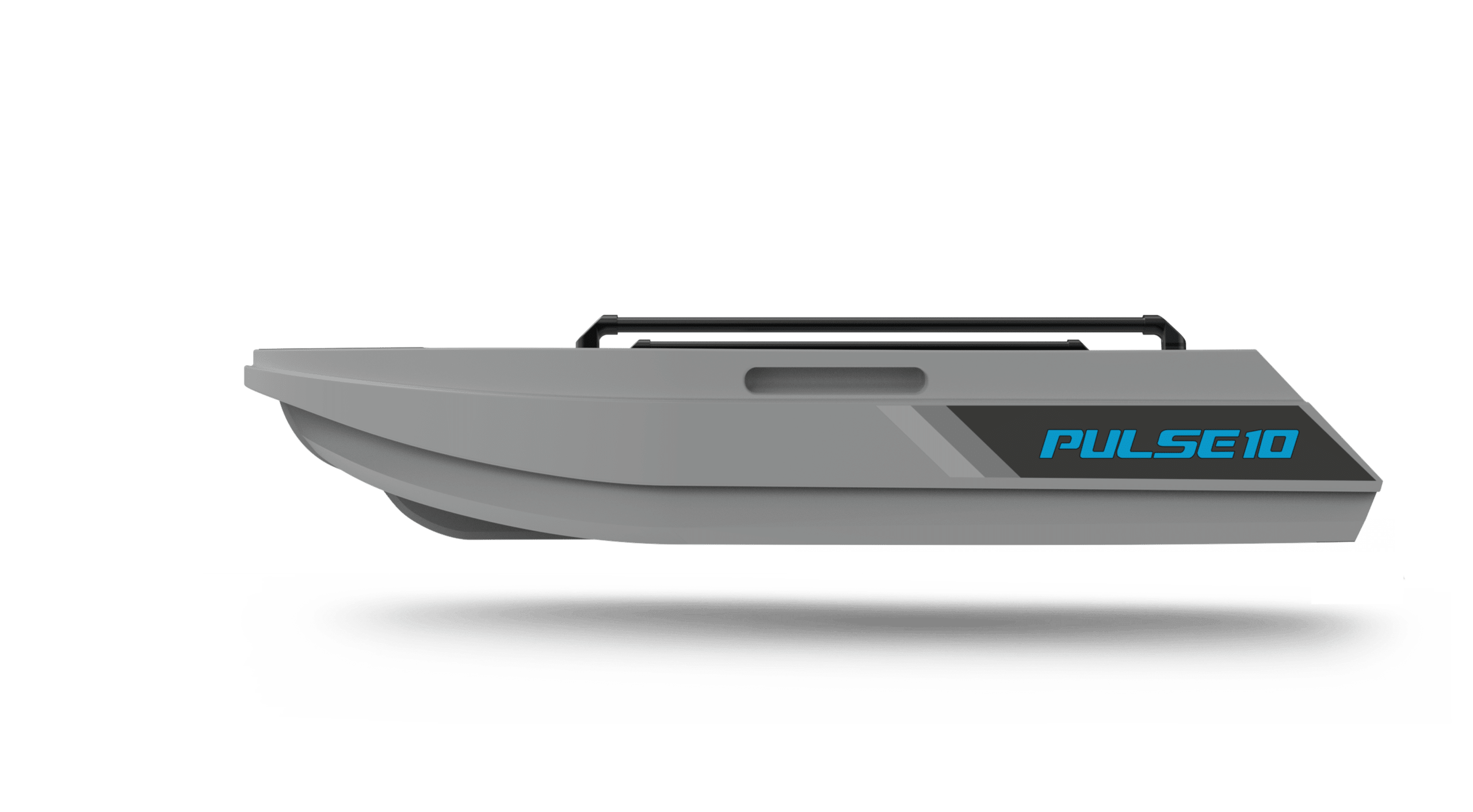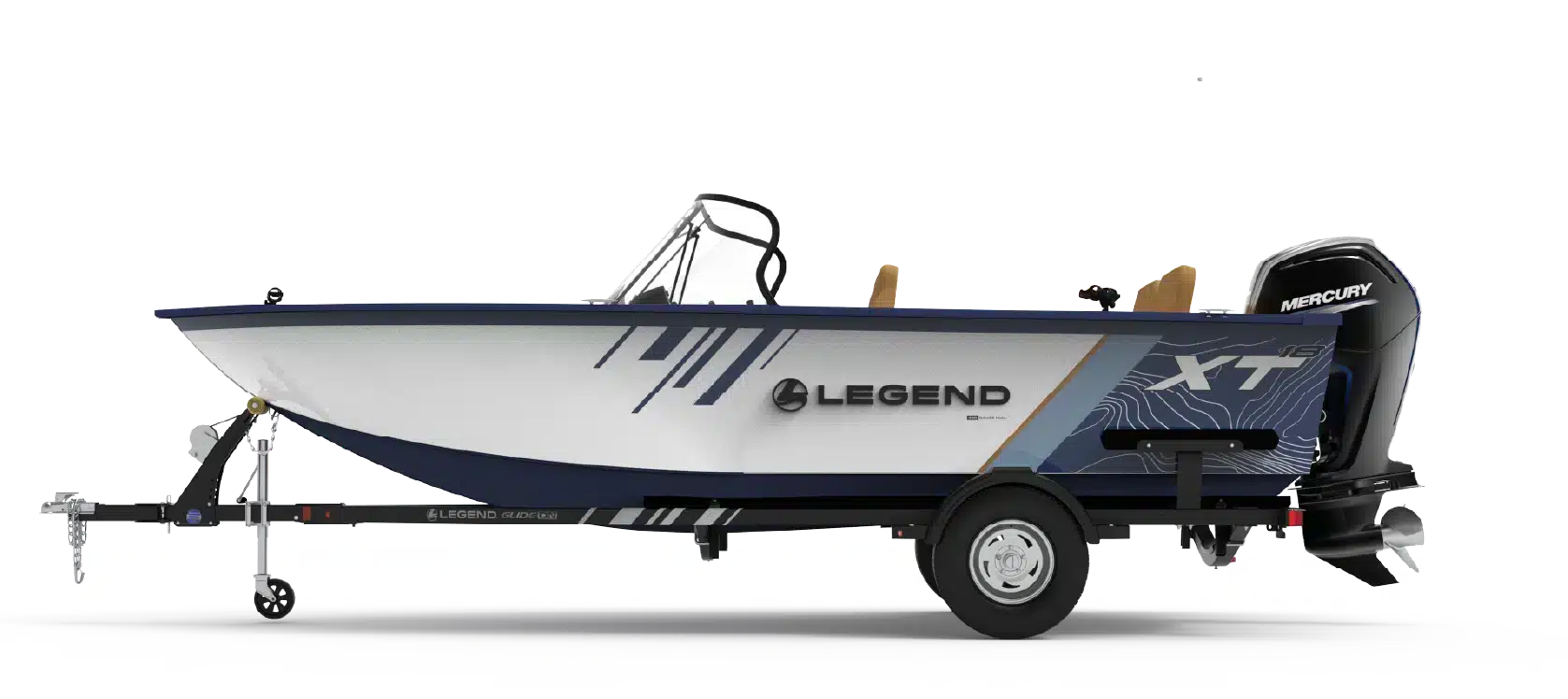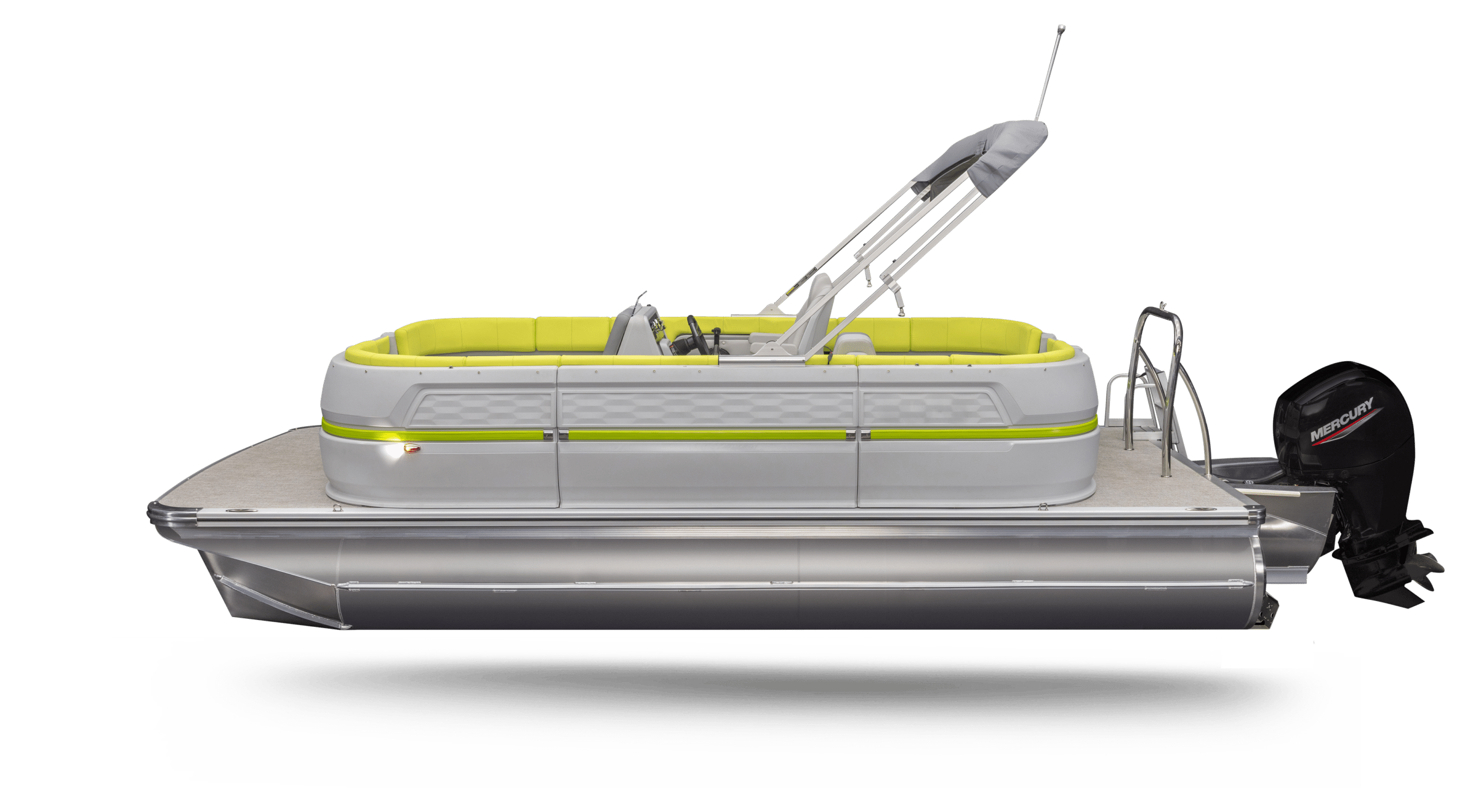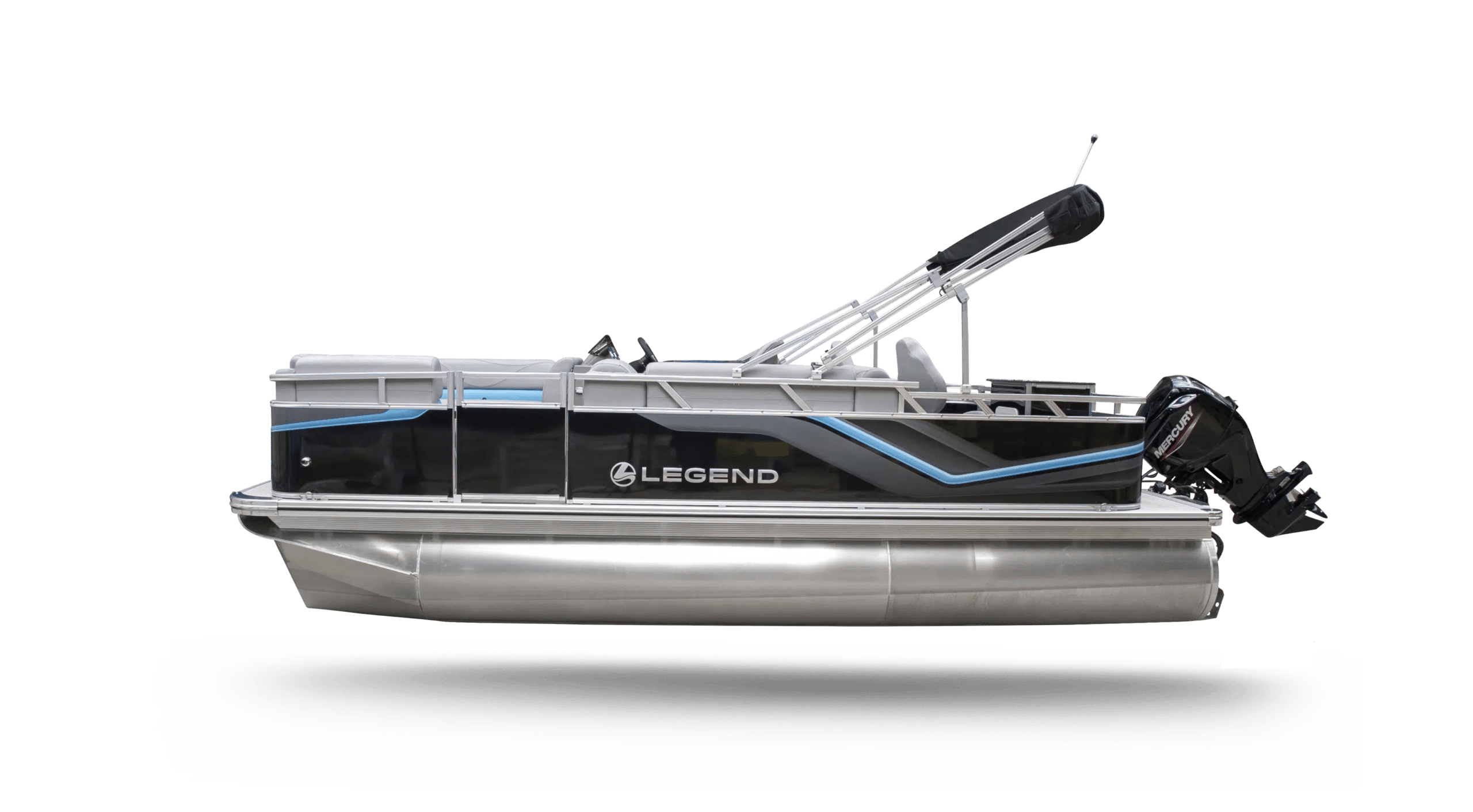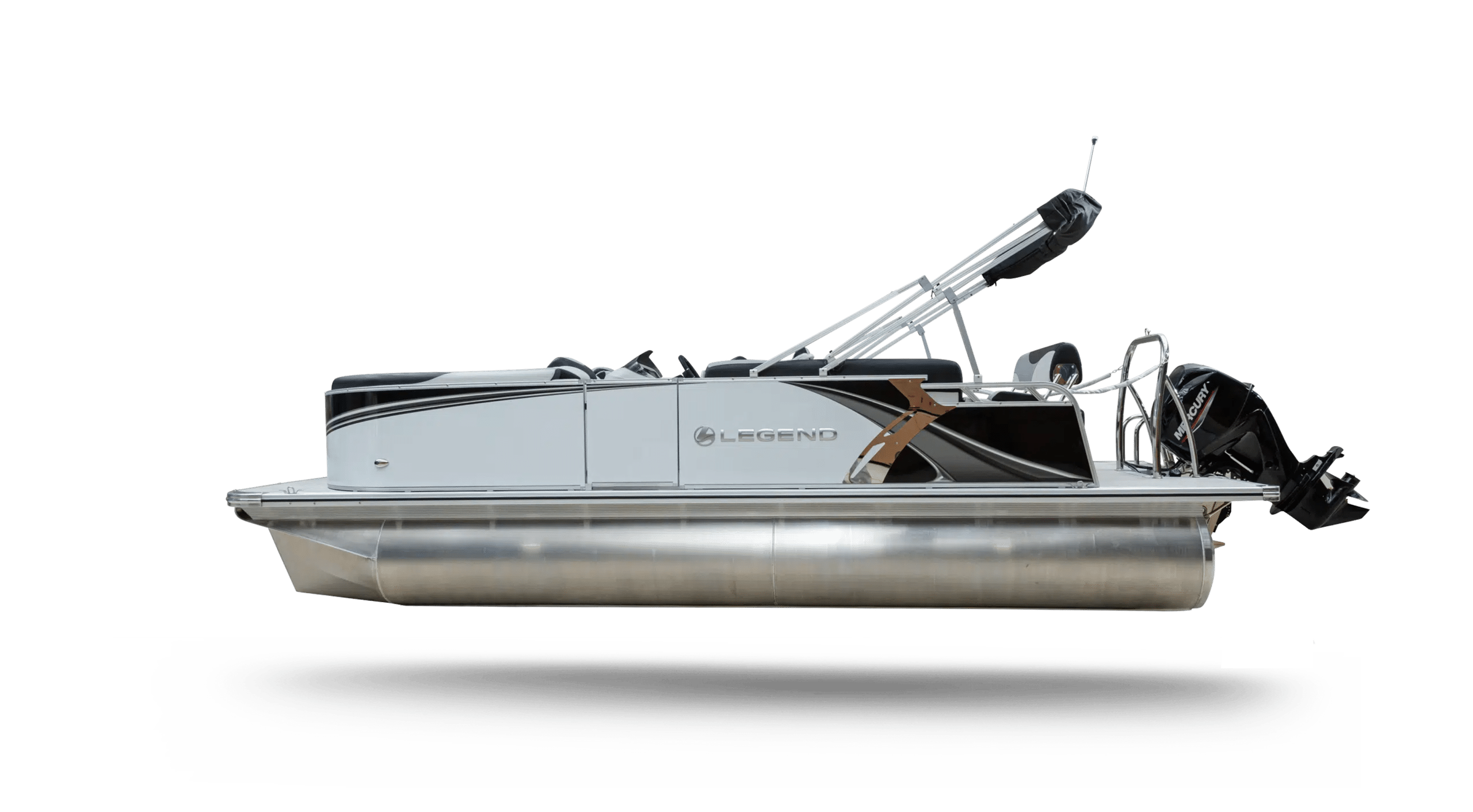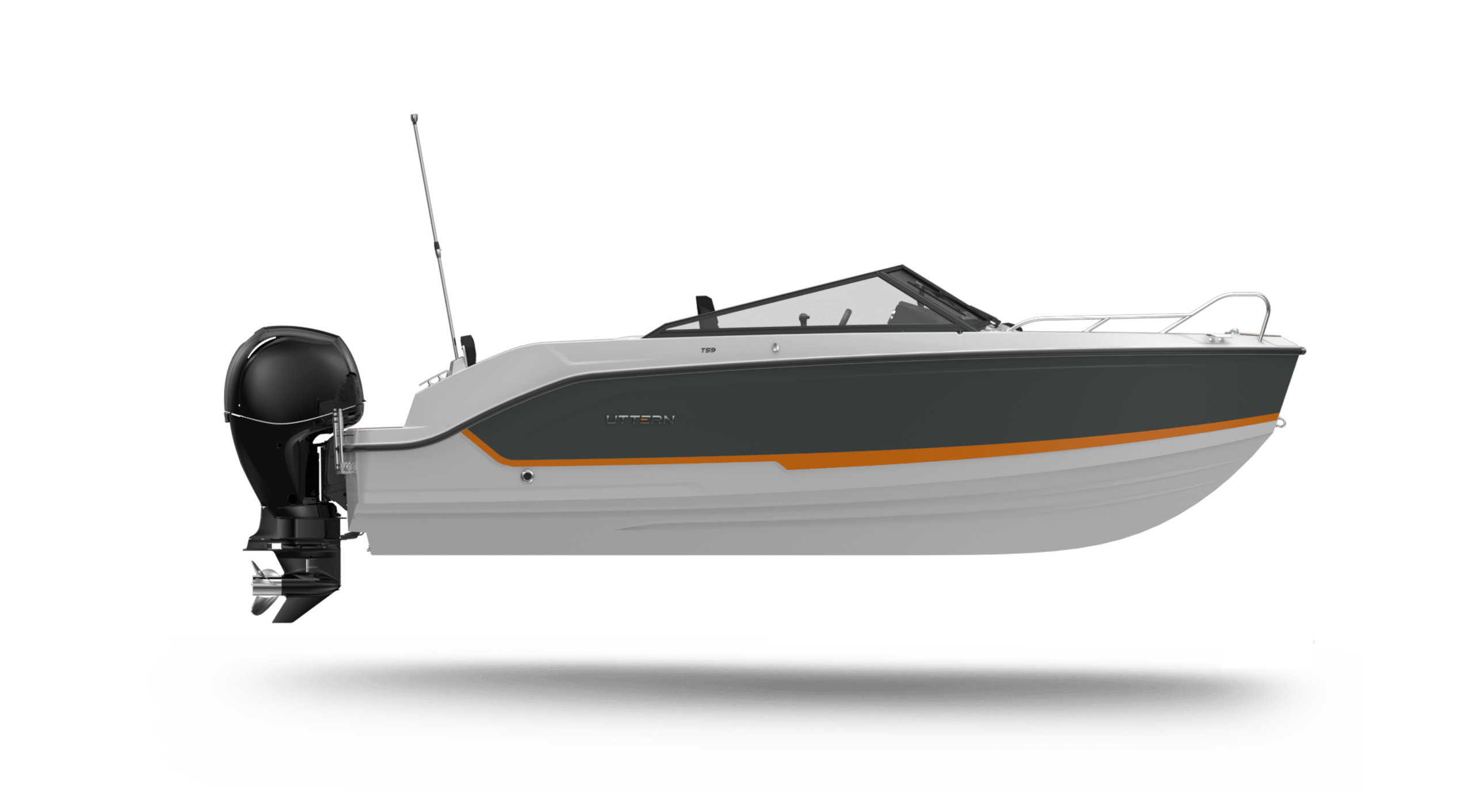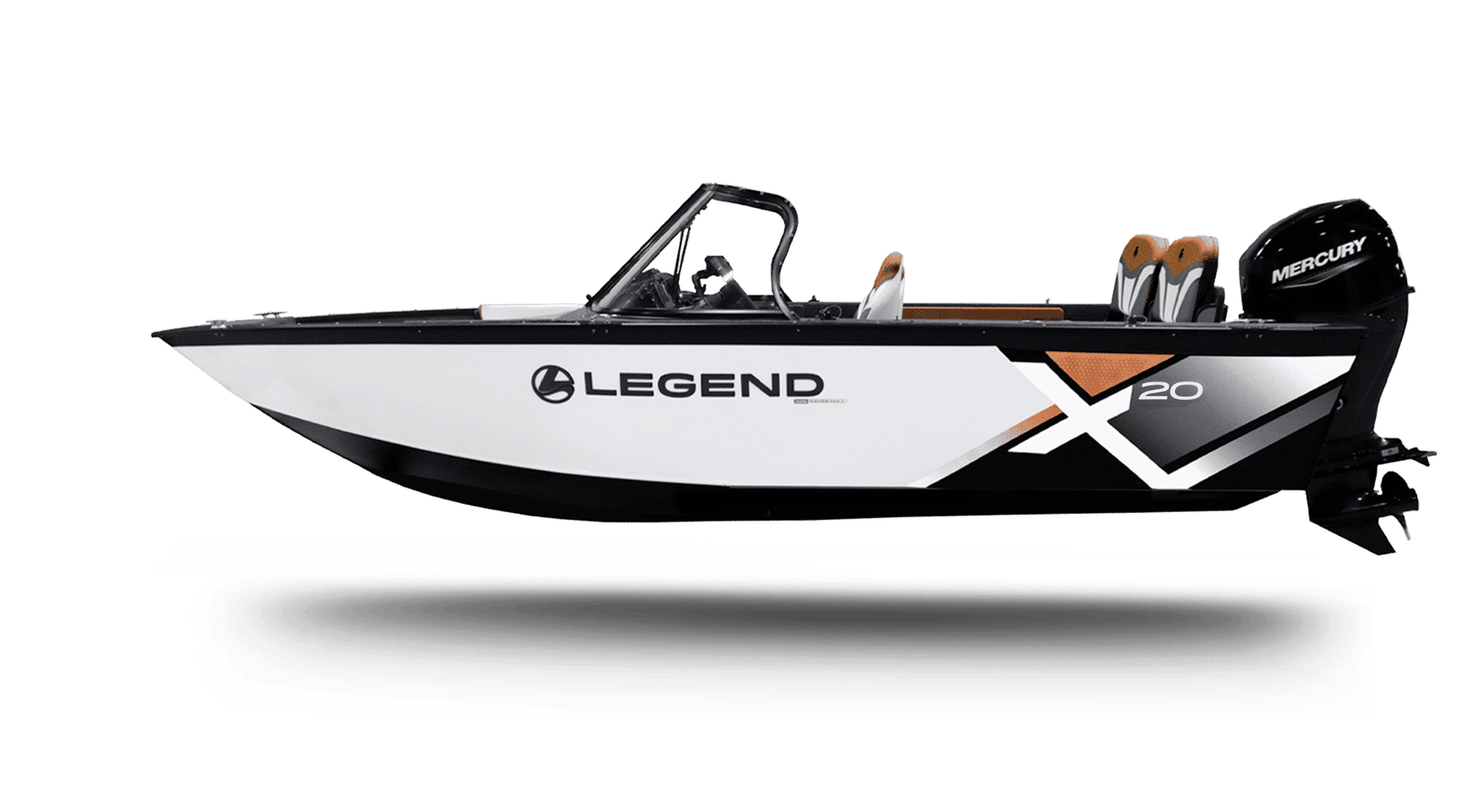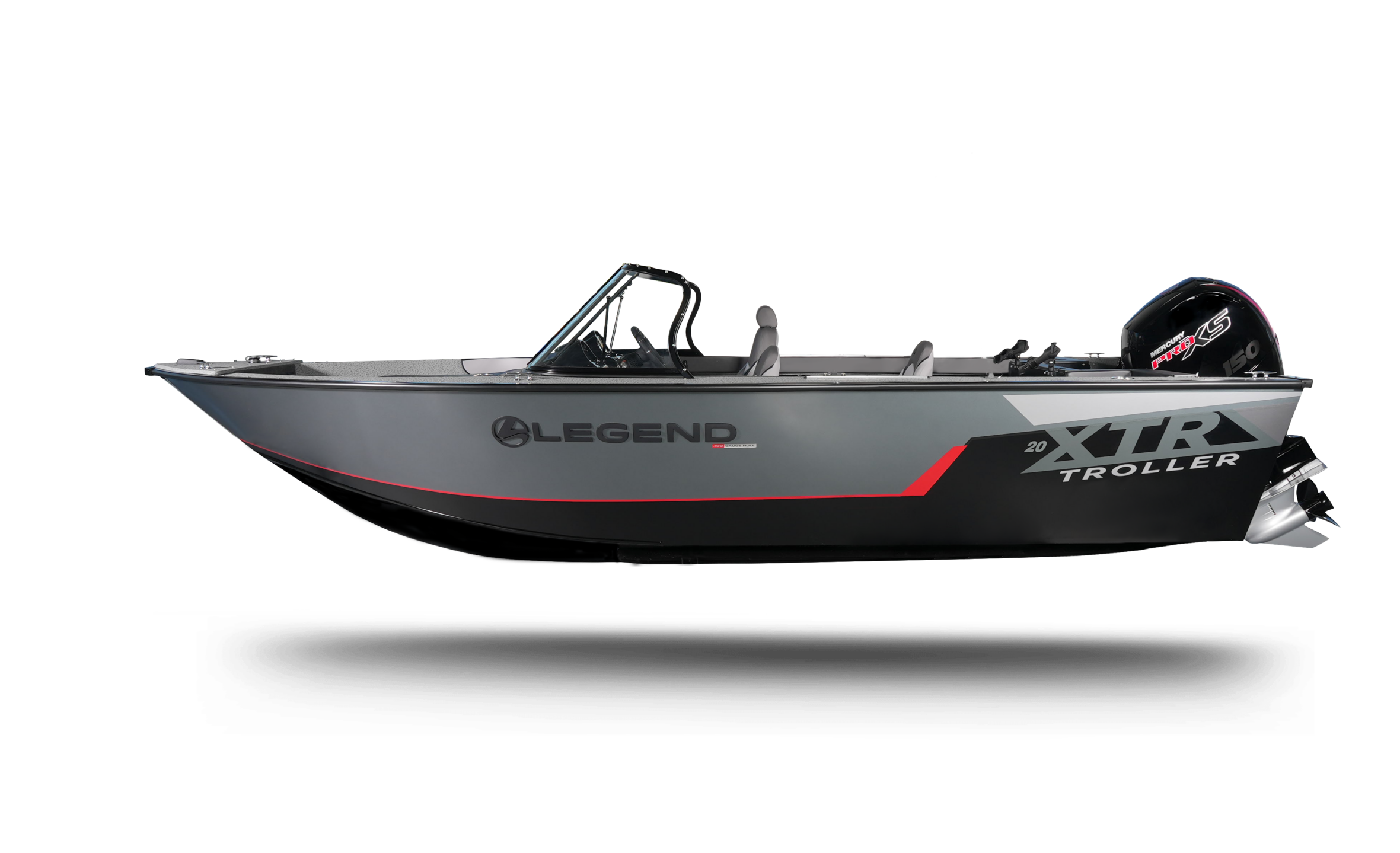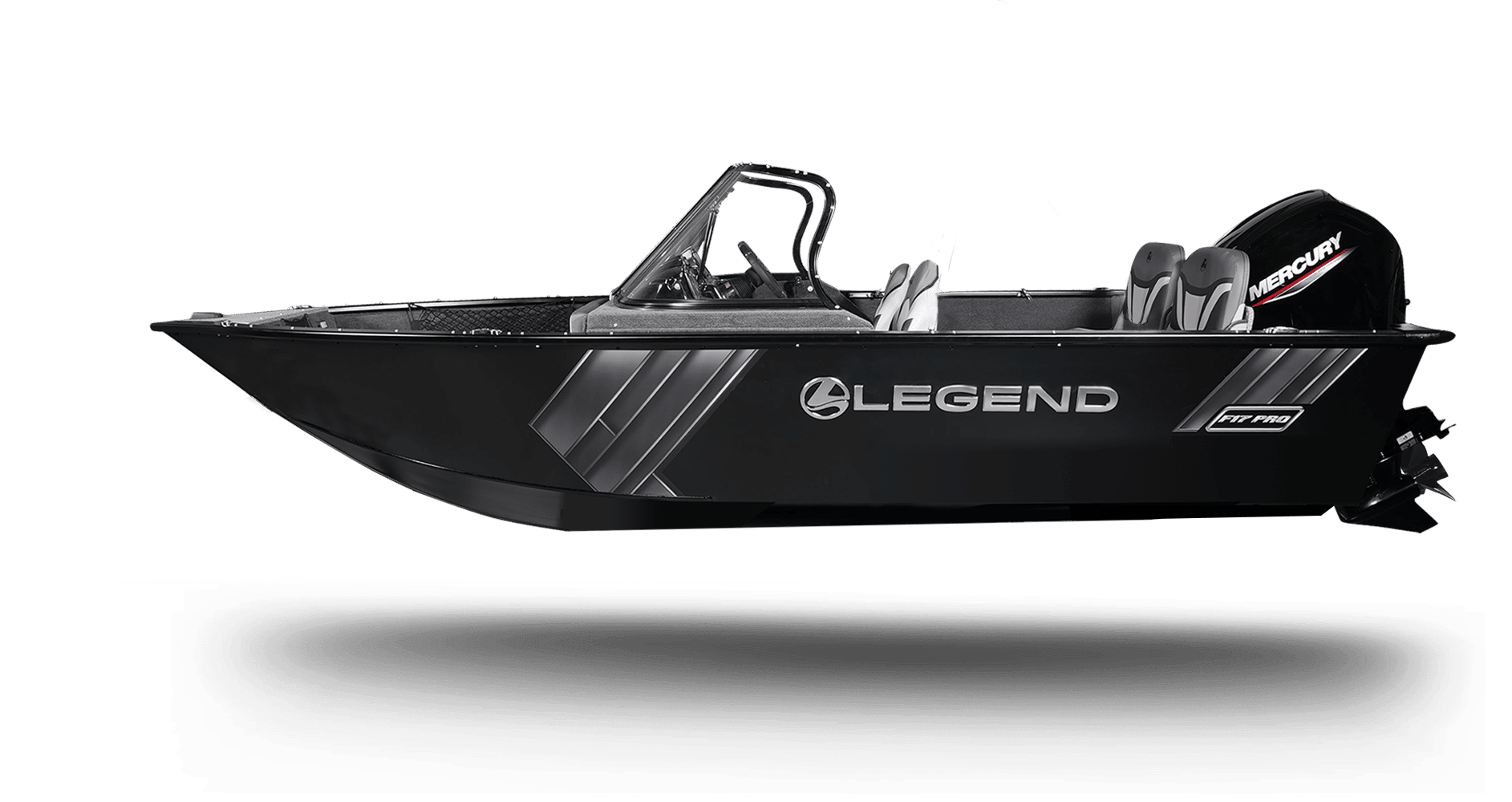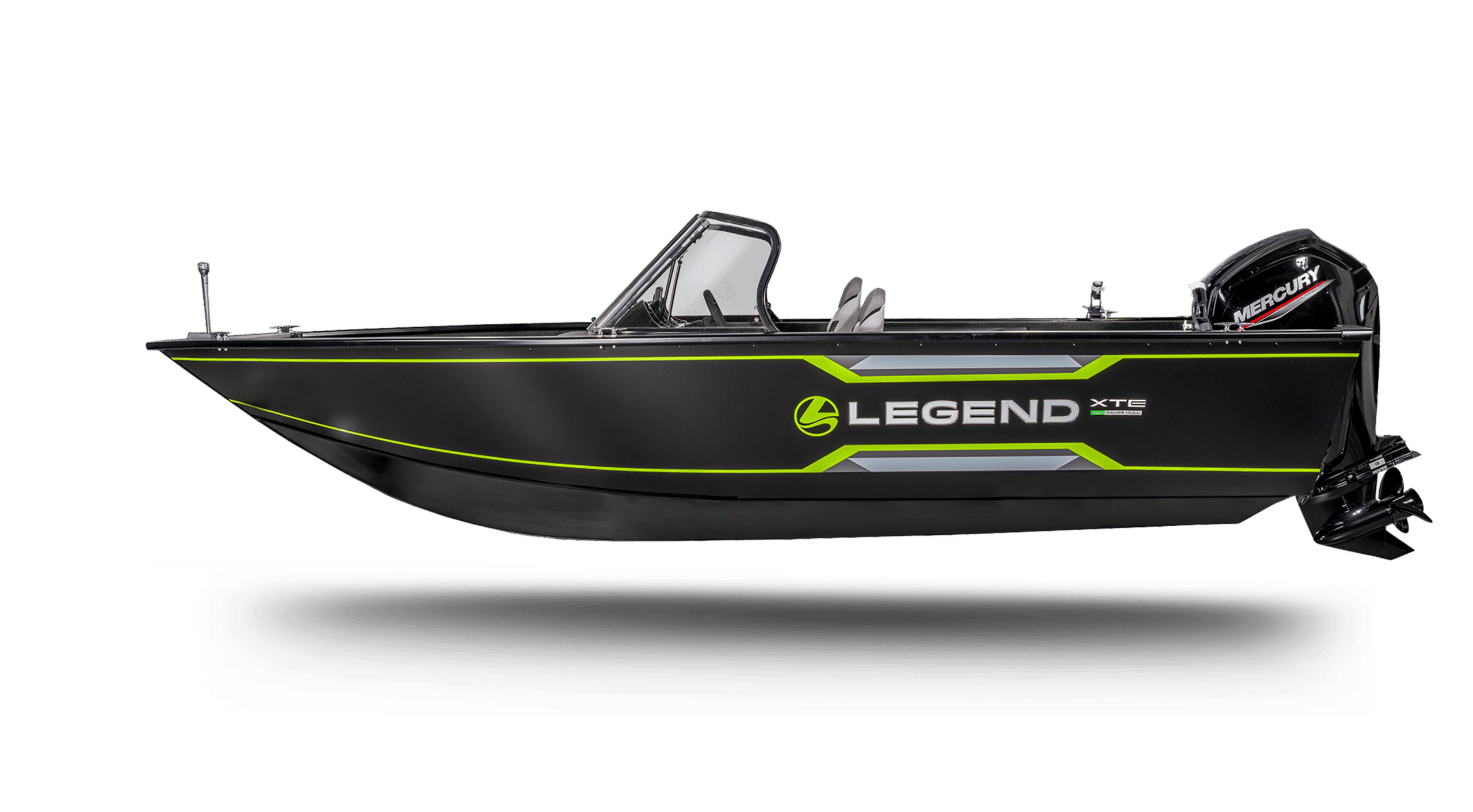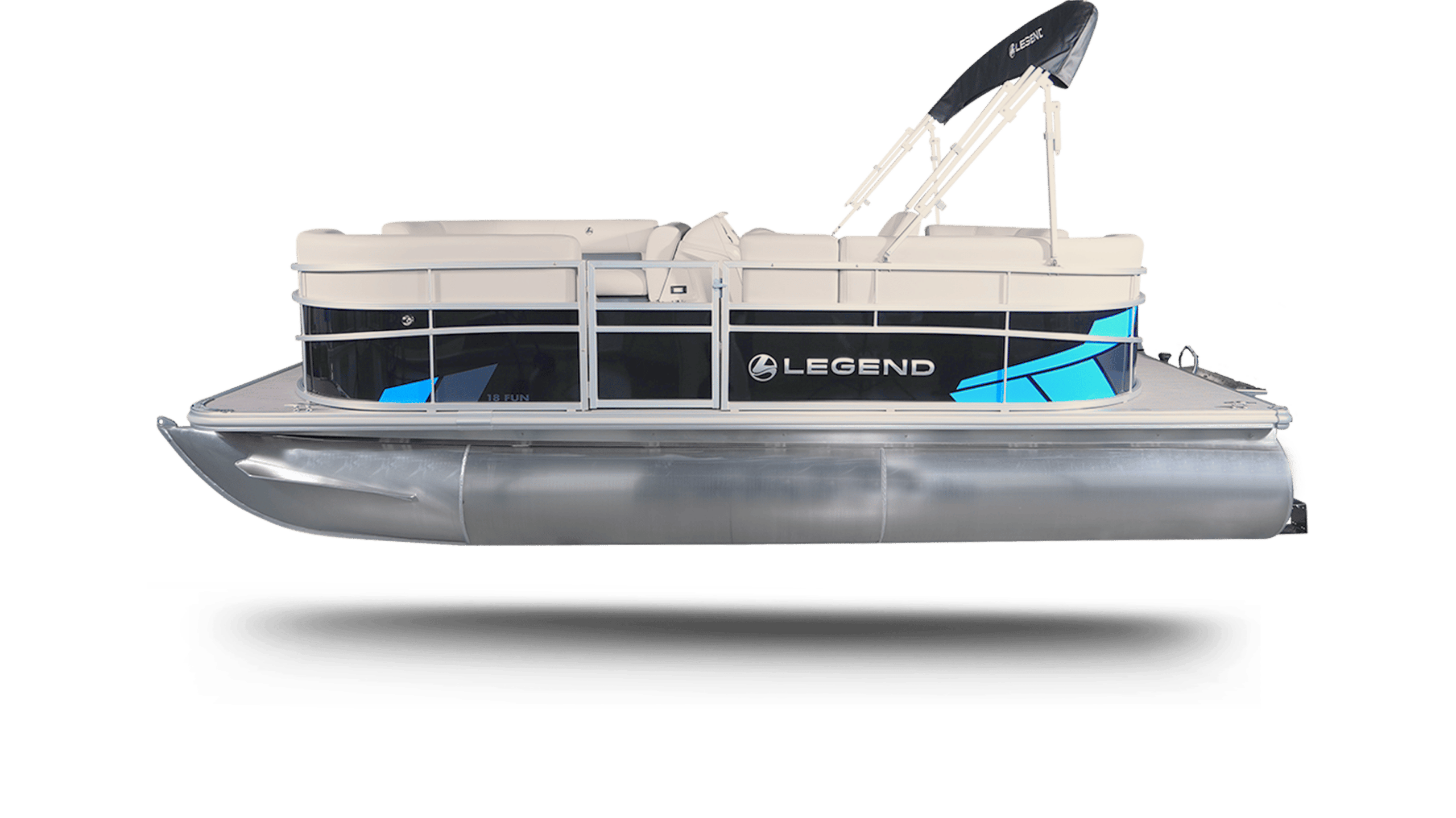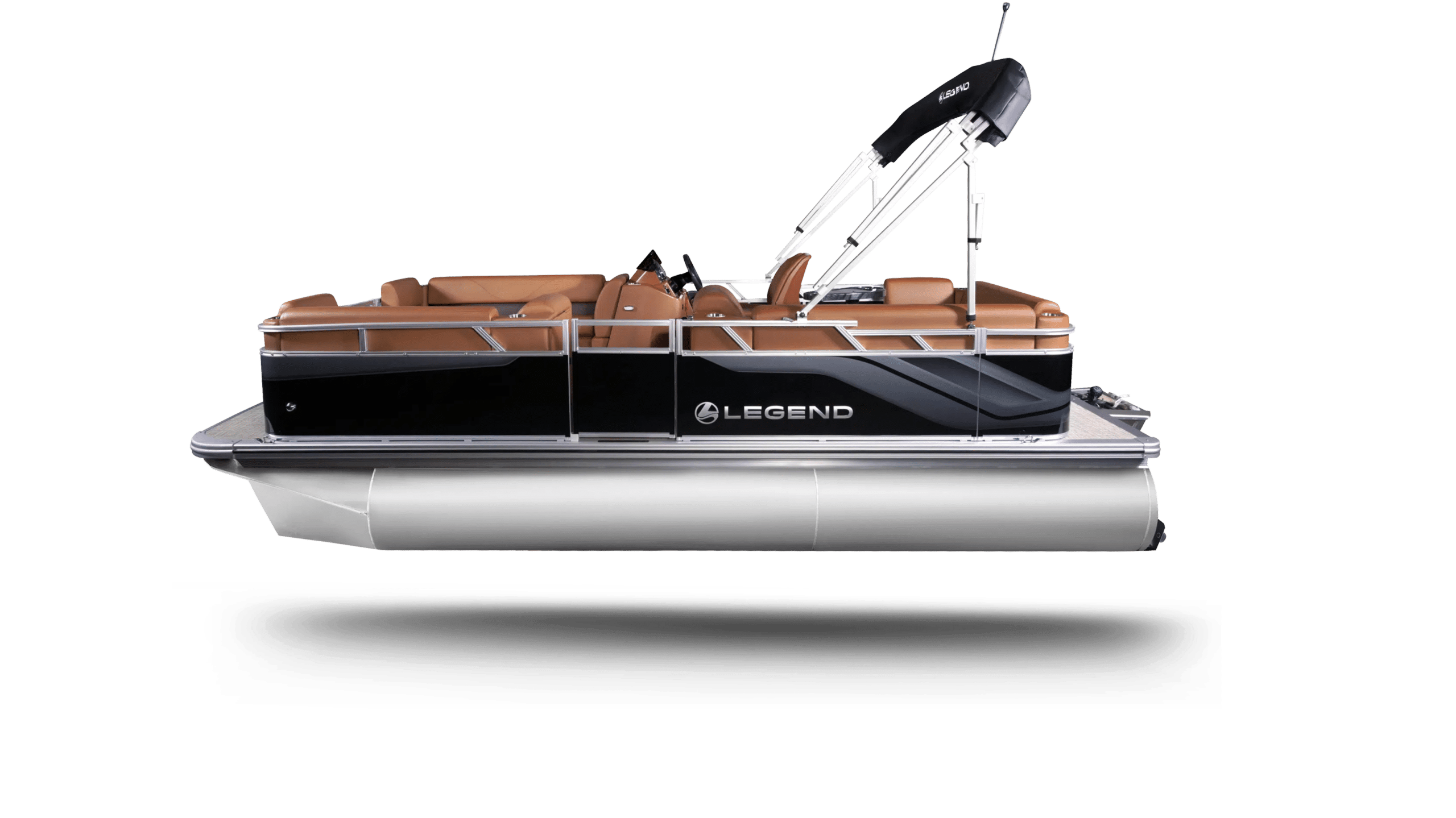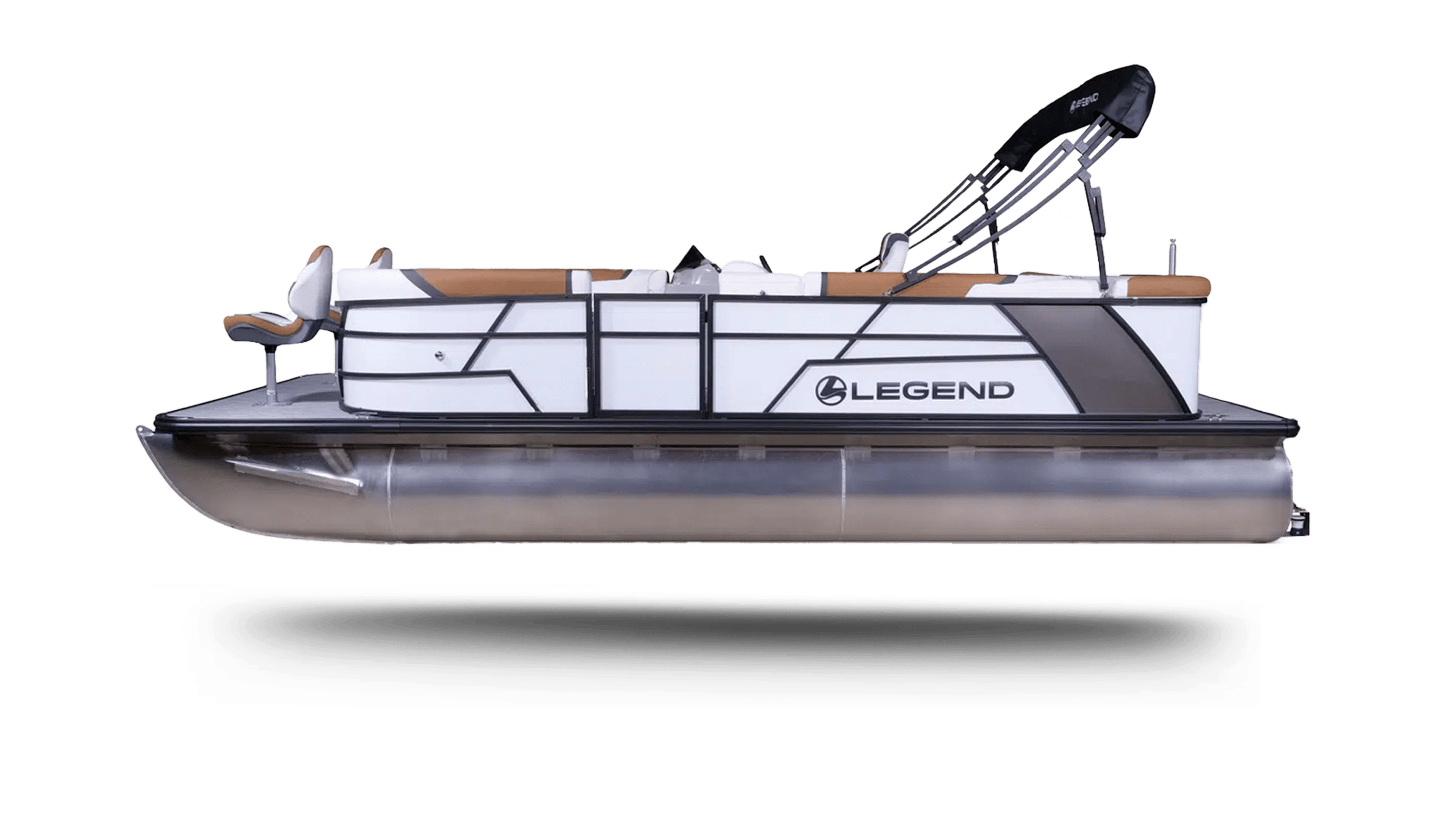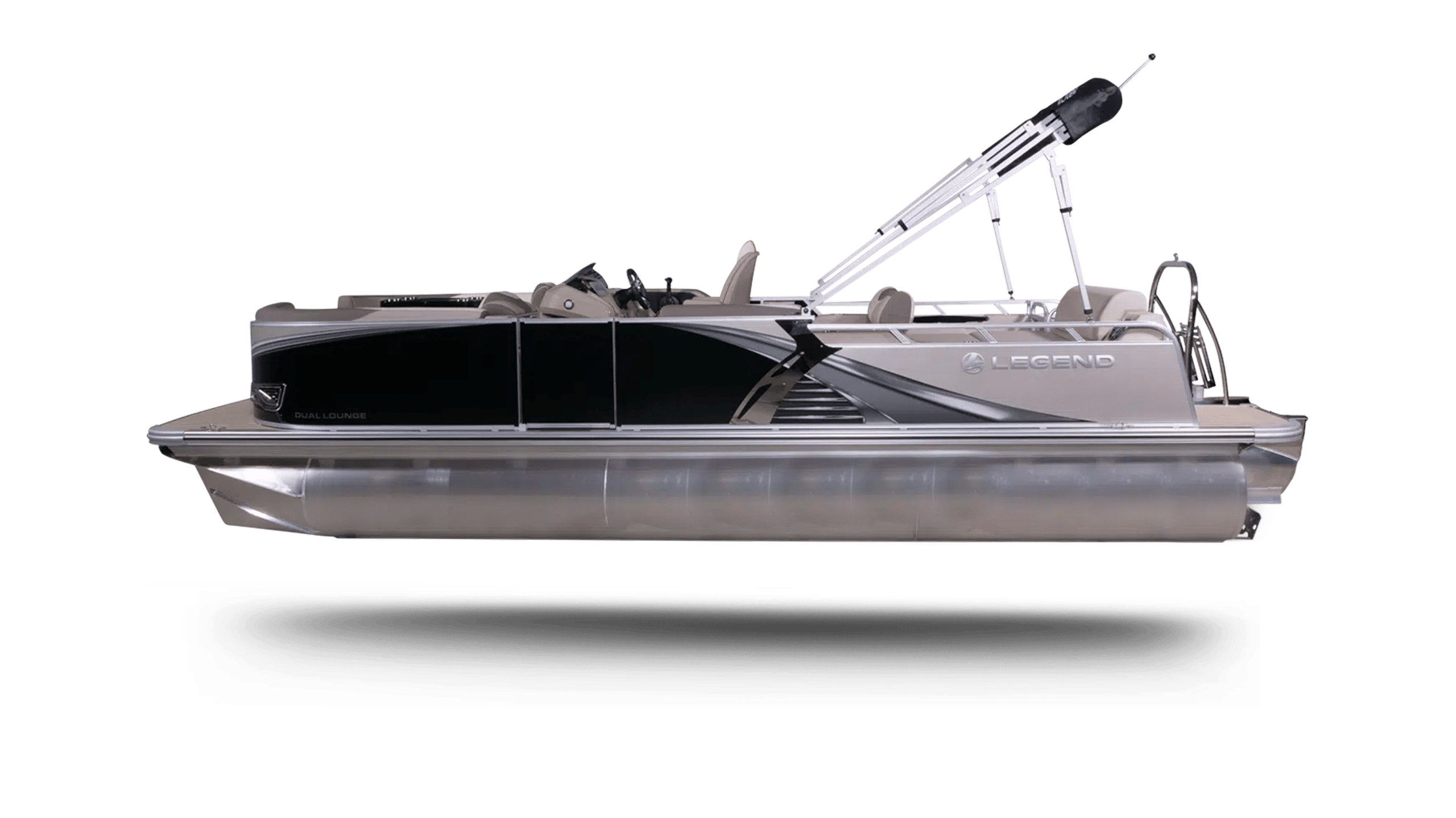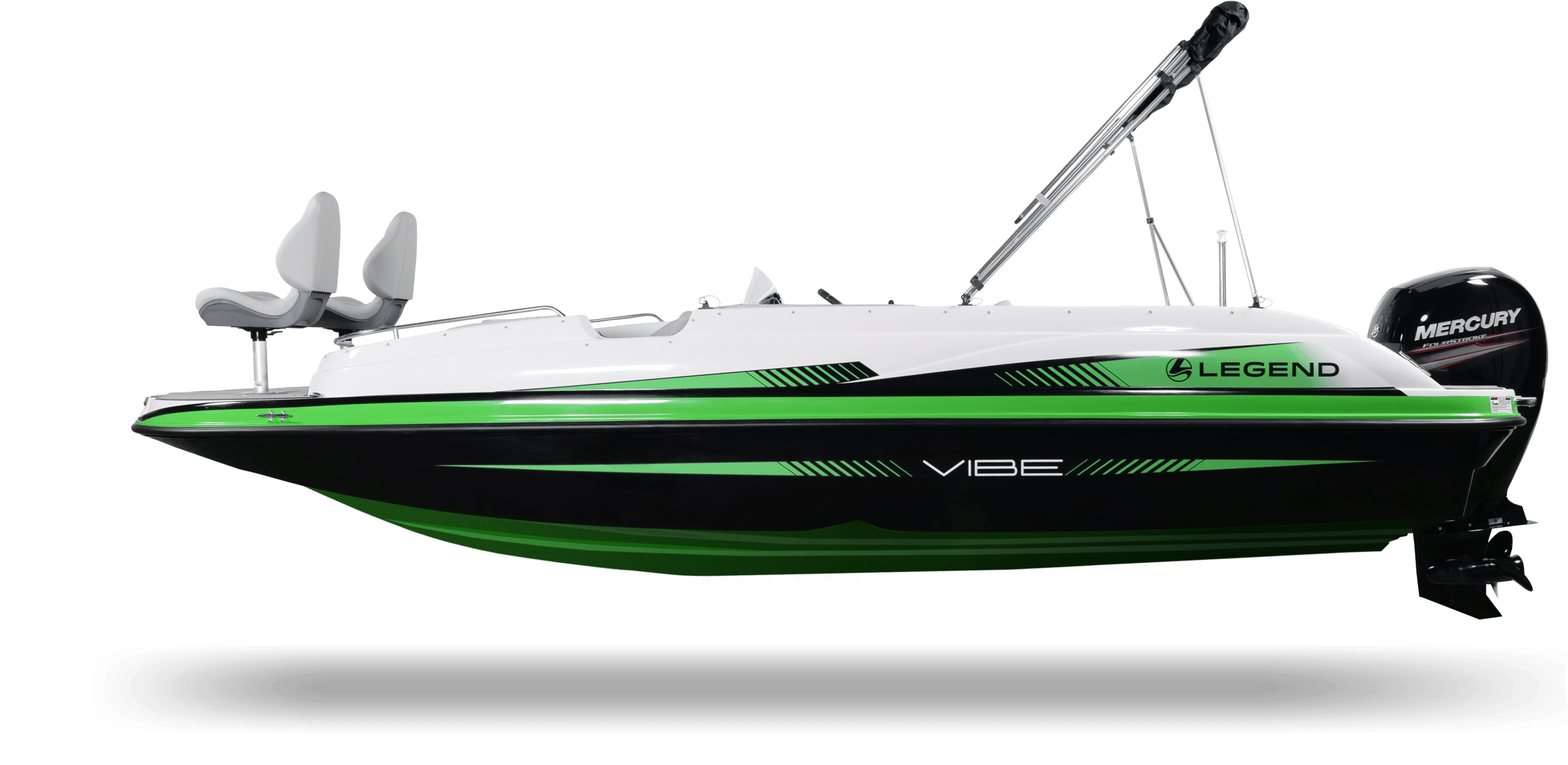Eco-Friendly Boating: Sustainable Practices for Canadian Waters

Boating in Canada is not just about fun and relaxation, although it definitely involves heavy doses of both. It’s also about respecting and preserving our beautiful lakes and rivers for future generations to come. With great freedom comes great responsibility.
Why Go Eco-Friendly?
As a part of our heritage, boating is every Canadian’s right. Whether it’s a 27′ pontoon or a 12′ utility boat, a luxurious yacht or a simple canoe, it’s crucial to understand our environmental impact. Our Canadian waterways are vital ecosystems. They support a diverse range of life, including ourselves at the top of the food chain. Adopting eco-friendly practices is our way of ensuring our children and grandchildren will also be able to enjoy the lifestyle we so often take for granted.
The diversity of life in Canada’s lakes and rivers is astounding. These ecosystems support countless species, and our boating habits can significantly impact their health. By being conscious of our actions, we can protect these habitats, ensuring their vitality and resilience.
Lessons From Past Mistakes
Examining the repercussions faced by societies that neglected their waterways provides a stark warning. Here are 3 real-world examples.
The Destruction of Coral Reefs by Anchoring
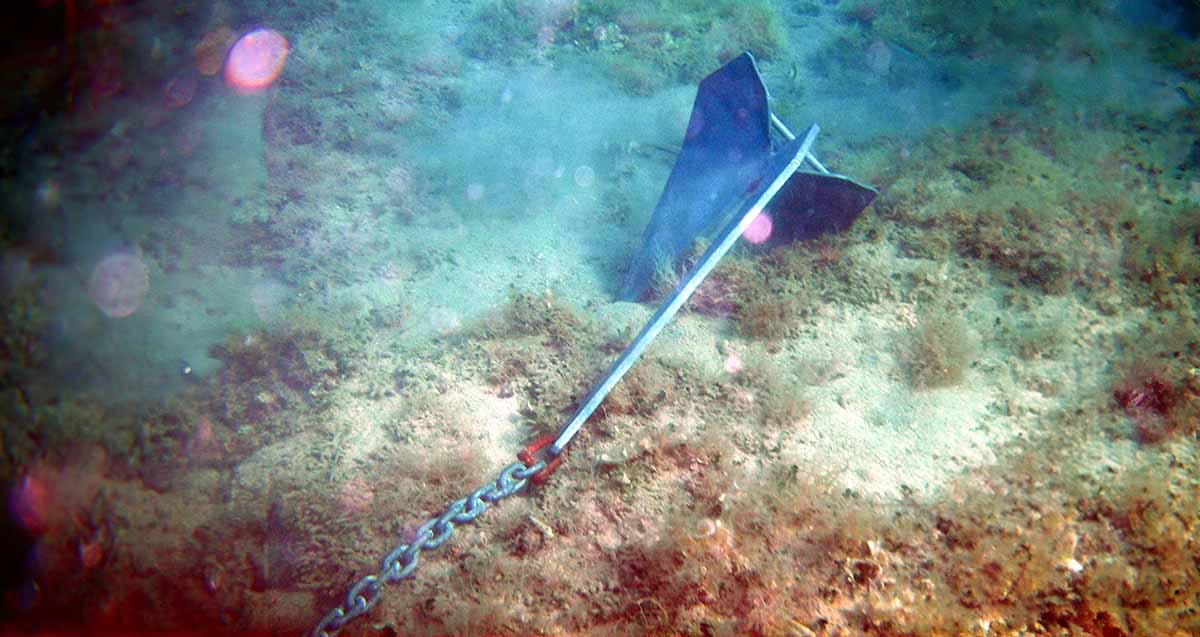
Credit: T.Friedrich
In various parts of the world, including the Florida Keys and the Great Barrier Reef, careless anchoring has severely damaged delicate coral reefs. Boats dropping anchors onto reefs can break and destroy coral structures, leading to a loss of biodiversity and the collapse of the marine ecosystem.
Closer to home, Canadian waterways are teeming with life. Anchoring is, of course, a vital safety practice. But being responsible about where we anchor and using the right kind of anchor can prevent us from dragging our anchors along the bottom of our waterways and disrupting ecosystem unnecessarily:
- Physical Damage to Ecosystems: Similar to issues faced in regions like the Florida Keys and the Great Barrier Reef, anchors and anchor chains can drag along the lakebed, damaging or destroying coral, seagrasses, and benthic (bottom-dwelling) organisms. This physical disturbance can have cascading effects on the broader ecosystem.
- Impacts on Biodiversity: The disruption of habitats due to anchoring can lead to a loss of biodiversity. Areas like the Gulf of St. Lawrence, the Atlantic coast, and parts of the Pacific coast have ecologically rich marine environments where anchoring might impact various species, including fish, crustaceans, and marine plants.
- Sediment Resuspension: Anchoring can resuspend sediments, meaning sediment that had previously settled at the bottom of a body of water are stirred up and lifted back into the water column. This leads to increased turbidity (or cloudiness) in the water. This can have detrimental effects on organisms that rely on clear water for photosynthesis or feeding, such as certain fish and aquatic plants.
- Areas of Concern: Certain areas are particularly sensitive to anchoring impacts. For example, the coastal regions of British Columbia, home to eelgrass meadows and other vital habitats, can be adversely affected. The Great Lakes, with their unique ecosystems, also face challenges from anchoring and other boating activities. While it’s less of a concern in smaller lakes and rivers, all ecological systems live in a delicate balance.
The Great Lakes Challenges
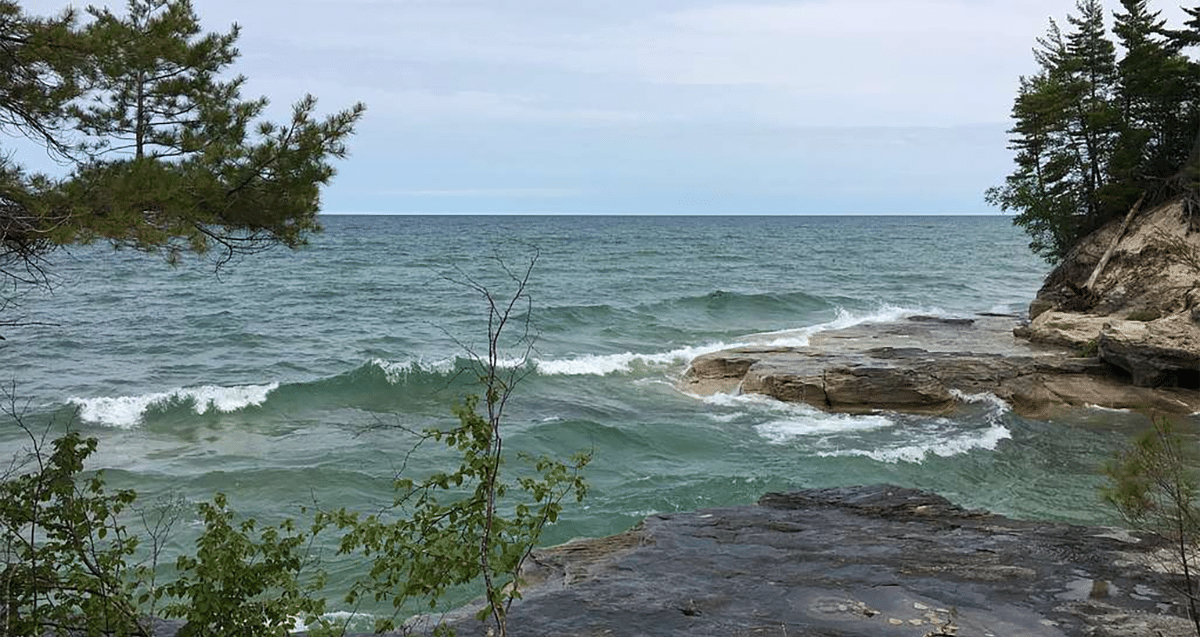
Credit: National Parks Gallery
The Great Lakes, comprising Lakes Superior, Michigan, Huron, Erie, and Ontario, represent one of the largest freshwater systems on Earth. This region, shared by Canada and the United States, has faced significant environmental challenges over the years.
- Invasive Species: One of the most prominent issues is the introduction of invasive species, which disrupt the natural ecosystem. Species like the zebra mussel and the sea lamprey have caused significant harm. These species often arrive through ballast water discharged by ships and have no natural predators in the Great Lakes, allowing their populations to grow unchecked. Less recognized is the impact of recreational fishing, when a boat is trailered from one lake to another, bringing unseen species into new environments that may not be prepared to handle them.
- Pollution: Industrial activities, agricultural runoff, and urban development have led to pollution problems in the Great Lakes. This includes toxic substances like mercury and PCBs (polychlorinated biphenyls), which can accumulate in the food chain, posing health risks to wildlife and humans. Additionally, nutrient runoff, particularly phosphorus, contributes to harmful algal blooms that can produce toxins and deplete oxygen in the water, affecting fish and other aquatic life. All of these problems are exacerbated by irresponsible boaters allowing gasoline and motor oil to run off and into the waterways. It’s important that we all do our part.
- Habitat Loss: Urbanization, industrial development, and agriculture have led to significant habitat loss around the Great Lakes. Wetlands, essential for biodiversity and as natural water filters, have been particularly impacted. The loss of these habitats threatens the survival of various species and the overall ecological balance of the region. Again, all of these problems are made worse when we don’t take precautions to leave our lakes and rivers as clean as we found them.
In response to these challenges, several initiatives and agreements have been put in place:
- The Great Lakes Water Quality Agreement (GLWQA): Originally signed in 1972 and updated in 2012, this binational agreement between Canada and the United States aims to restore and protect the water quality and ecosystem health of the Great Lakes. It addresses issues like toxic substances, nutrient pollution, and invasive species.
- Joint Monitoring and Research: Both countries engage in joint monitoring and research initiatives to better understand and address the issues facing the Great Lakes. This includes studying water quality, tracking invasive species, and assessing the health of fish and wildlife populations.
- Local and Regional Conservation Efforts: Various local and regional initiatives also contribute to the conservation of the Great Lakes. This includes efforts by non-governmental organizations, community groups, and local governments to restore habitats, reduce pollution, and raise public awareness about the importance of protecting the Great Lakes ecosystem.
The proactive and cooperative efforts by Canada and the United States in addressing the challenges facing the Great Lakes are crucial. The health of these lakes is not only vital for the surrounding ecosystems but also for the millions of people who rely on them for drinking water, recreation, and economic activities. However, the challenges are ongoing, and continuous efforts are needed to protect this vital freshwater resource.
Case In Point: The Spread of Invasive Zebra Mussels in North America
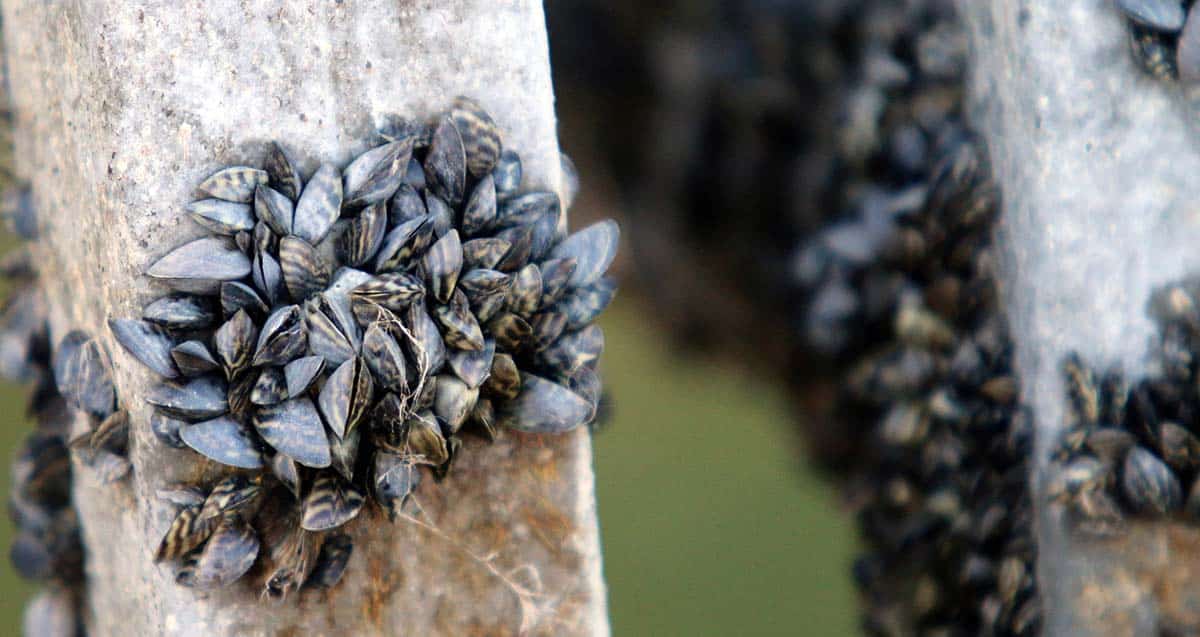
Credit: USFWS Fish and Aquatic Conservation
The spread of invasive zebra mussels in North America has directly caused significant ecological and economic damage. Originating from Eastern Europe and Western Asia, these small, freshwater bivalves (invertebrates like clams and mussels) were unintentionally introduced to North American waterways in the late 1980s, and since then, they have become a major invasive species.
The first known North American population was discovered in Lake St. Clair, between Michigan and Ontario, in 1988. Finding themselves in a new habitat perfectly suited for their growth and reproduction, these mussels spread rapidly through the Great Lakes and into other freshwater bodies across the continent. It’s believed that recreational boaters are having the biggest impact on their spread across Canada and the USA, as mussel larvae are microscopic and can be easily transported on hulls, engines, and especially on the inside of bilges. Boaters moving from infested to uninfested waters have inadvertently transported these mussels, planting new colonies in one body of water after another.
This may seem like a wonderful new source of food for in-land seafood lovers, but the costs are strikingly high:
- Alteration of Ecosystems: Zebra mussels filter large amounts of plankton from the water, which can dramatically alter the food web. This filtering increases water clarity, which can lead to more sunlight penetration and subsequently, changes in aquatic plant growth.
- Competition with Native Species: They compete with native bivalves and other organisms for food and space. Many native mussel species have been endangered due to this competition.
- Biofouling: Zebra mussels tend to attach to any hard surface, including other mussels, turtles, and crustaceans, impairing their movement, feeding, and growth.
- Clogging Water Infrastructure: One of the most significant economic impacts is the clogging of water intake structures, such as pipes and filters in power plants, municipal water supply plants, and industrial facilities.
- Damage to Boats and Structures: They attach to boat hulls, buoys, docks, and other structures, leading to increased maintenance costs and potential damage.
The core strategy in Canada and the USA for controlling this spread is threefold:
- Prevention and Education: Efforts to prevent their spread include public education campaigns about the importance of cleaning, draining, and drying boats and equipment before moving them between water bodies. For recreational boaters like us, this is where we can make the biggest impact.
- Mechanical and Chemical Controls: Various methods have been tried to control zebra mussel populations, including mechanical removal and the use of chemical molluscicides. However, these methods can be costly and have potential environmental impacts of their own. As the saying goes, an ounce of prevention is worth a pound of cure.
- Biological Control Research: Research into biological control methods, such as introducing natural predators or diseases specific to zebra mussels, is ongoing but presents challenges in ensuring these methods are safe and effective for the broader ecosystem.
Doing the Right Thing: Best Practices for Eco-Friendly Boating
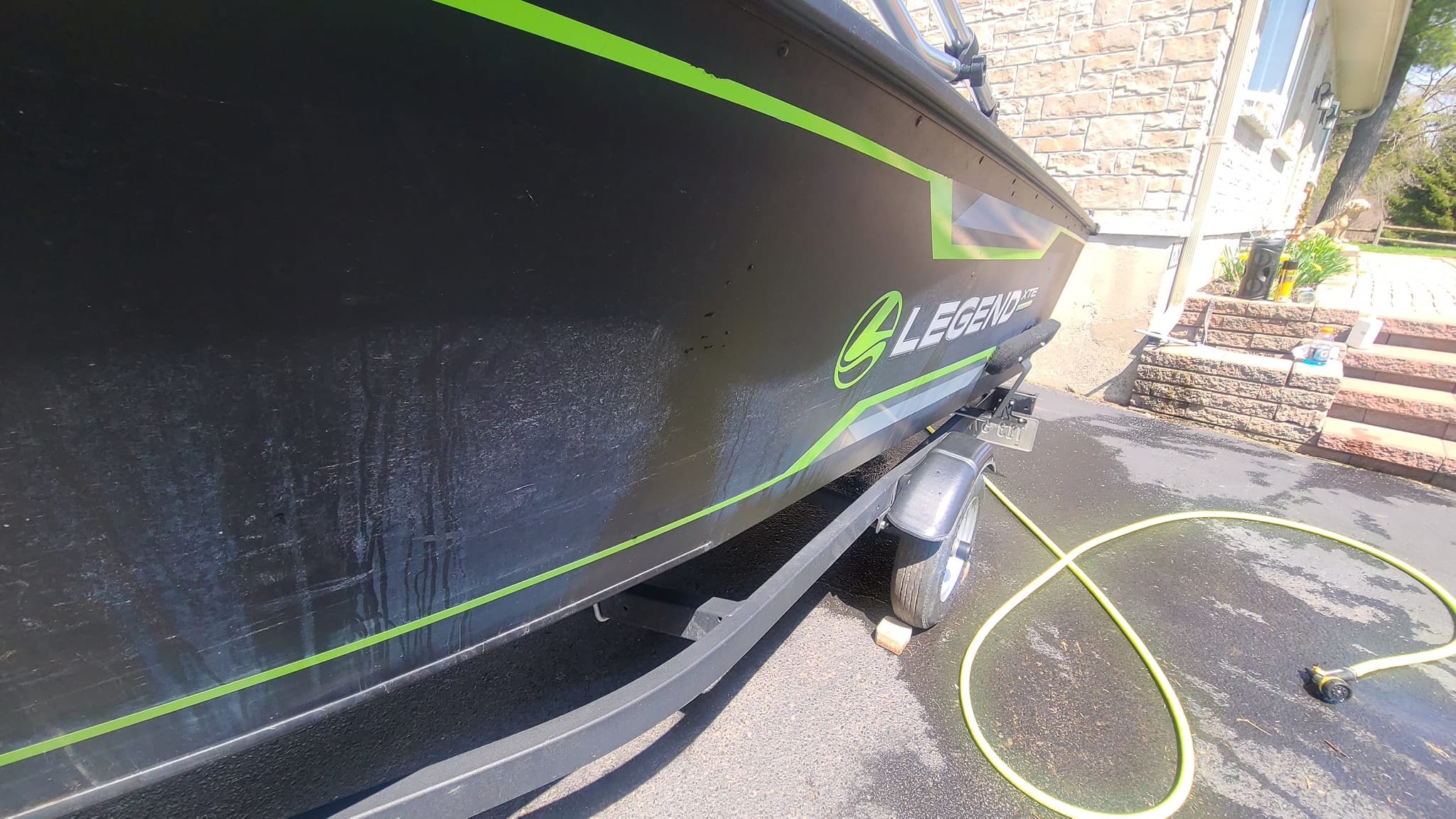
Credit: Joshua J. Gravel, Legend Boat Owners Group
Eco-friendly boating practices can make a significant difference in preserving our waterways. Here are some key guidelines:
- Choosing the Right Boat and Fuel Efficiency: Select lighter, more efficient boats. A 19′ fishing boat requires less fuel than a 50′ yacht, obviously. Adopting smart fueling practices and cruising at moderate speeds can also reduce your environmental impact.
- Eco-Conscious Maintenance and Cleaning: Use biodegradable cleaning products and perform maintenance on land to prevent pollutants from entering the water. Regular checks for invasive species like zebra mussels are crucial for protecting local ecosystems, especially prior to transport from one body of water to another.
- Reducing Waste: Minimize waste by opting for reusable items and recycling whenever possible. Your local harbor or marina may have recycling and waste receptacles specifically designed for marine waste. These are then processed by facilities designed to handle these kinds of waste and recyclables in an ecologically responsible way. If they have them, use them. If not, consider asking your harbormaster what it would take for them to acquire such receptacles and participate in such programs.
- Anchor Selection: Most in-land Canadian waterways do not feature anchored buoys to tie yourself to, making anchoring a necessity. Be sure to select an anchor capable of keeping you in place so that you do not inadvertently drag it along the lake bed.
- Electric Trolling Motors: You can avoid anchoring in many cases by using an electric trolling motor and a GPS-enabled fish finder to automatically keep your boat in place.
Adopting these practices not only benefits the environment but also enriches your boating experience. As responsible boaters, we contribute to the preservation of Canada’s waterways, ensuring they remain a source of joy and life for generations to come. 🚤💧🌿
